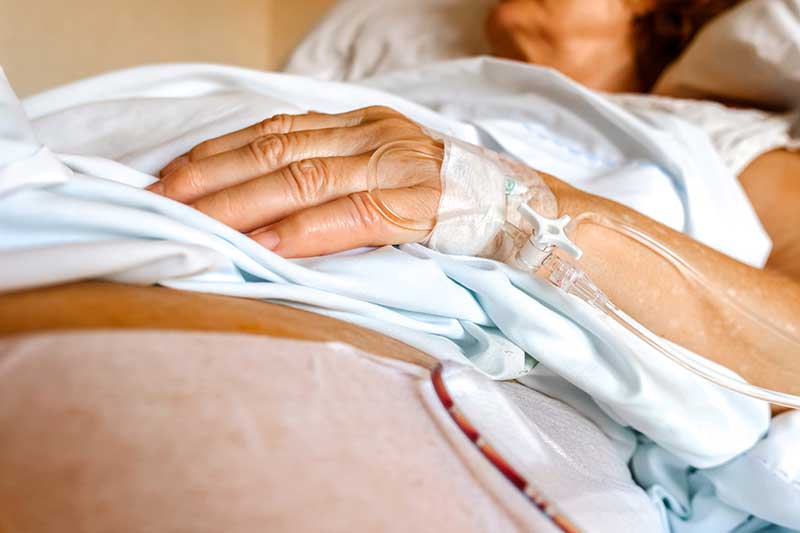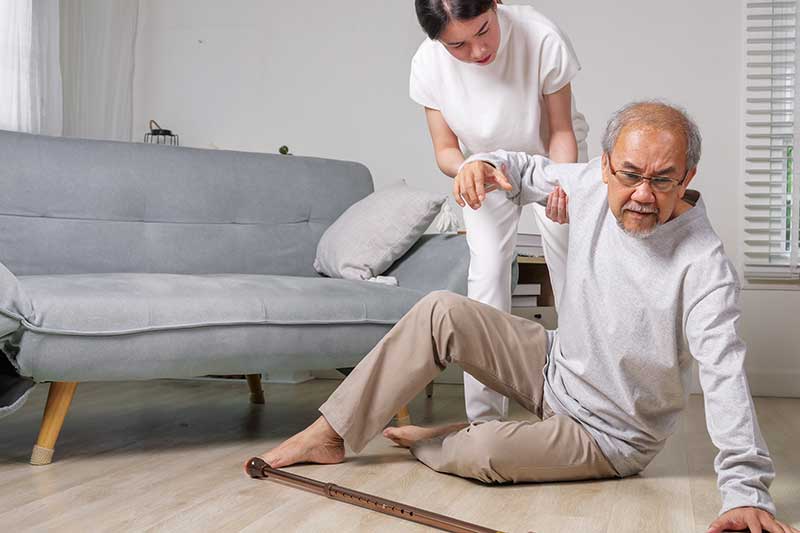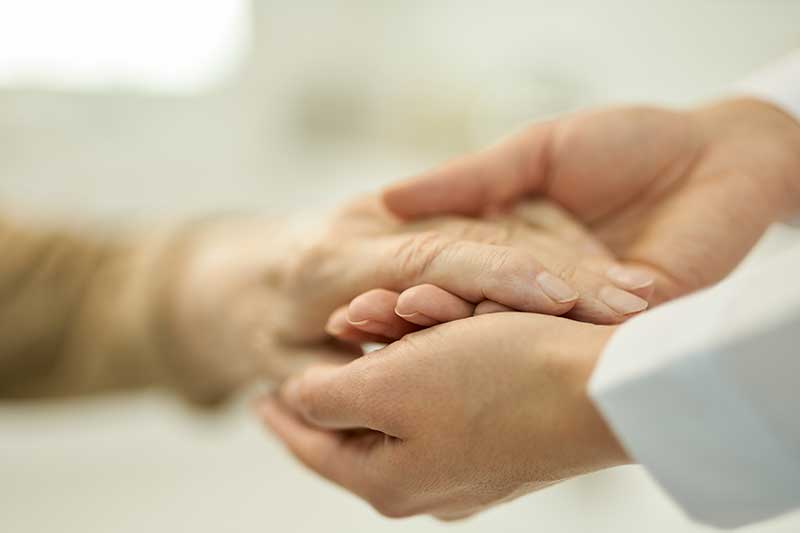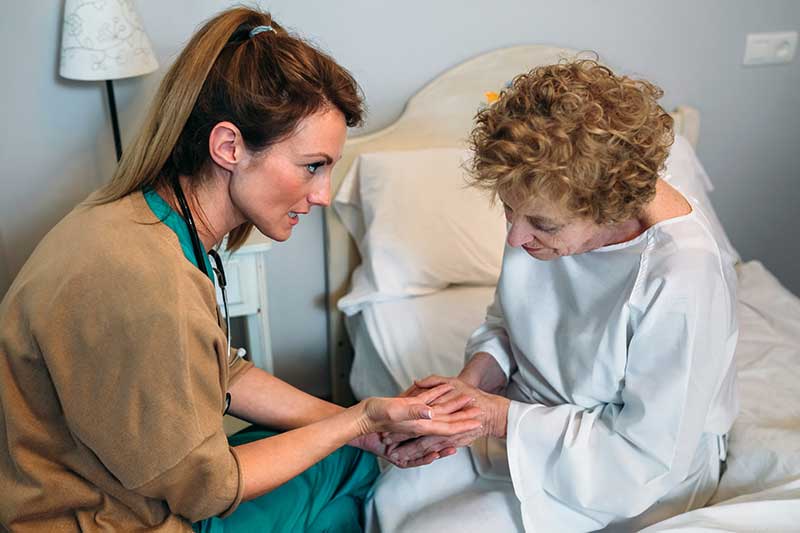Pressure ulcers, commonly known as bedsores or pressure sores, are a common and major health risk among those who are bedridden. These injuries are caused by continuous pressure on the skin and usually affect individuals who are unable to change positions on their own. Understanding how to prevent and treat these ulcers is critical for both caregivers and healthcare professionals. This blog post looks at successful ways for preventing and treating pressure ulcers.
Understanding Pressure Ulcers
Pressure ulcers develop when sustained pressure on a specific location of the body prevents blood flow to tissues. Without sufficient blood flow, these tissues are deprived of oxygen and nutrients, resulting in damage and ulcers. Pressure sores are most commonly found on the tailbone, heels, elbows, and other bony areas of the body.
Prevention Strategies
When dealing with pressure ulcers, prevention is always preferable to therapy. Here are some important measures for preventing these painful blisters.
- Frequent Repositioning: One of the most effective techniques to prevent pressure ulcers is to relocate the patient every two hours to release pressure on vulnerable body parts.
- Use Support Surfaces: Special mattresses, mattress overlays, and cushions can help to appropriately distribute weight and relieve pressure on sensitive areas.
- Skin Care and Inspection: Daily examination of the skin for symptoms of pressure damage is critical. Keeping the skin clean and dry helps to prevent ulcers from forming.
- Nutrition and Hydration: Proper nutrition and hydration are essential for skin health. A healthy diet high in vitamins and minerals can help the skin keep its integrity and heal more quickly.
Management of Existing Pressure Ulcers
Managing pressure ulcers entails various steps aimed at aiding healing and preventing infection:
- Regular Assessment: Continuously assess the ulcer’s severity. This can assist identify which interventions are most appropriate and whether specialized care is required.
- Wound Care: To prevent infection, clean the ulcer with a saline solution and apply suitable dressings. The sort of dressing used varies according on the stage and condition of the ulcer.
- Control Infection: Check the ulcers for symptoms of infection, such as increased redness, pus, or a bad odor. Antibiotics may be required if an infection occurs.
- Pain Management: Pressure ulcers can be quite painful, particularly during dressing changes. Appropriate pain management measures should be used to keep patients comfortable.
- Involve Professionals. Consult with healthcare specialists, such as wound care nurses, to develop an effective treatment and management strategy.
Pressure ulcer prevention and control are crucial aspects of caring for immobile individuals. Caregivers can dramatically improve the quality of life of persons under their care by implementing effective preventative measures and effectively managing any sores that occur. Because each patient’s circumstance is unique, it is always best to seek advice from healthcare professionals.
Remember that proactive care not only improves faster healing but also reduces problems associated with pressure ulcers, resulting in improved results for bedridden patients.













